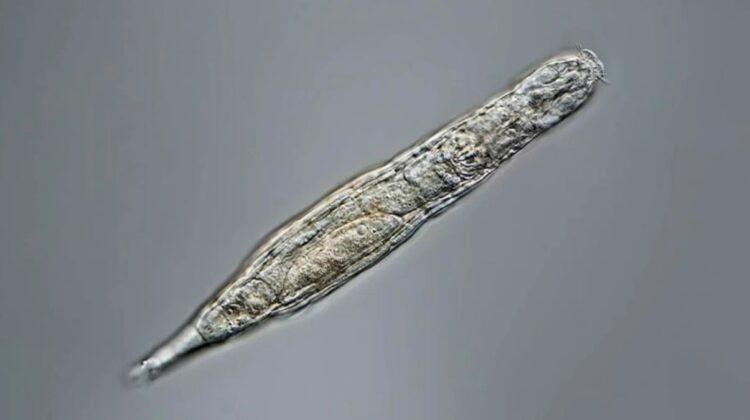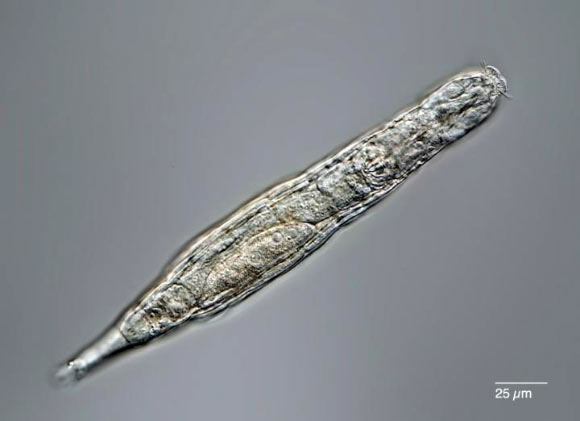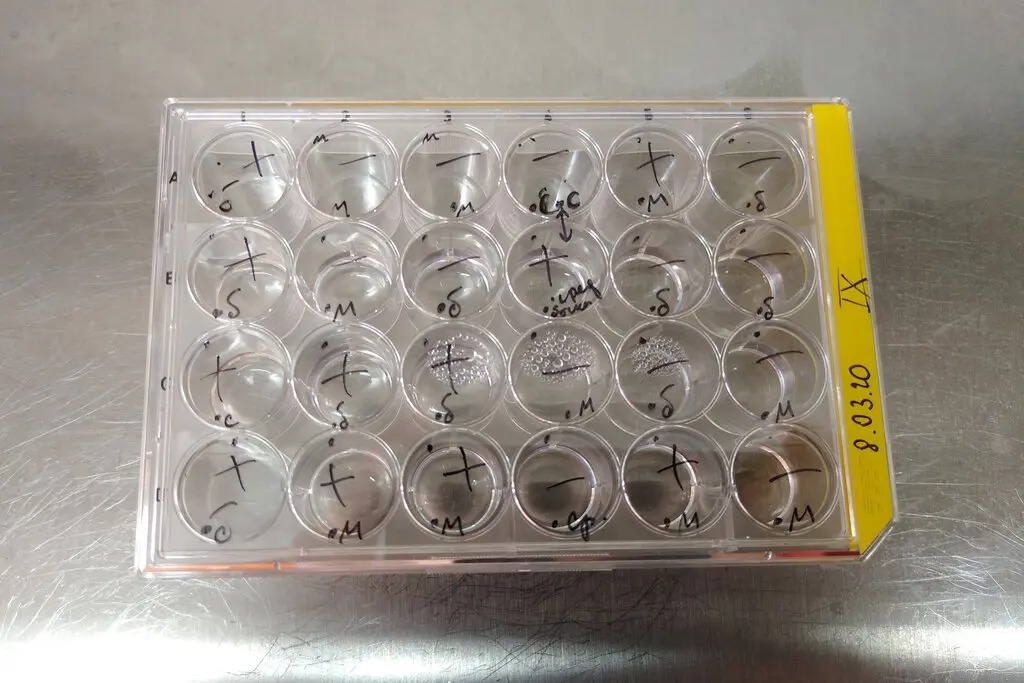
The rotifers were even able to reproduce after emerging from cryptobiosis.
The bdelloid rotifer, a minute, multicellular animal, has shown capable of living under Siberian permafrost for at least 24,000 years. The finding has given some optimism that people may one day be placed in deep freeze and resurrected — but don’t expect it anytime soon.
To live in hostile settings, certain animals will suspend all life-sustaining metabolic activities and enter a state known as cryptobiosis.
The creatures aren’t dead in this condition, but they’re also not actually alive – they don’t consume, reproduce, or even move. They can, however, resurrect if the atmosphere becomes more friendly in the future.
Scientists from Russia’s Soil Cryology Laboratory take samples of Siberian permafrost to examine what animals could be living beneath it in a state of cryptobiosis.
“We put a piece of permafrost into a petri dish filled with (a) appropriate media and wait for organisms that are alive to return from hibernation, start moving, and reproduce,” researcher Stas Malavin said to Live Science.

This has resulted in the discovery of mosses, plants, and single-celled microorganisms capable of long-term cryptobiosis, but the researchers have also reported locating and reviving multicellular creatures (the small rotifers), which can even reproduce after thawing.
What’s new: We already knew rotifers could enter cryptobiosis, but earlier research had only demonstrated that they could survive on ice for 10 years – the Siberian permafrost was 24,000 years old.
“Our finding offers the most compelling evidence yet that multicellular creatures may survive tens of thousands of years in cryptobiosis, the state of nearly fully halted metabolism,” Malavin stated in a news statement.
Why it matters: Rotifers are more complicated than the other creatures identified in permafrost – they have brains, muscles, reproductive systems, and other features.
Moving from a single-celled creature to one with a stomach and a brain is a significant advancement.

The finding that such intricate animals can survive in cryptobiosis for millennia defies belief, and by studying the organisms, we may be able to improve cryo-preserve human cells, tissues, and organs.
The rotifers may even aid studies into freezing and resurrecting living humans so they may travel across space for decades or centuries without aging — but don’t expect humanity to be capable of cryptobiosis in the near future.
“(T)he more complex the organism, the more difficult it is to freeze it alive, and for mammals, it is now not conceivable,” Malavin explained. “Yet, even if the transition from a single-celled creature to an organism with a stomach and a brain is minuscule, it is a significant stride forward.”
